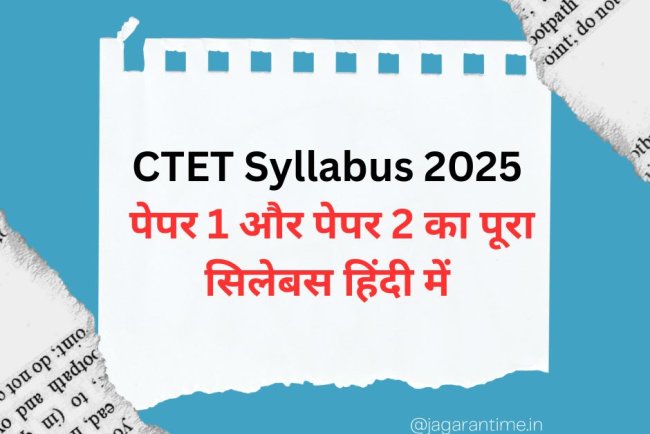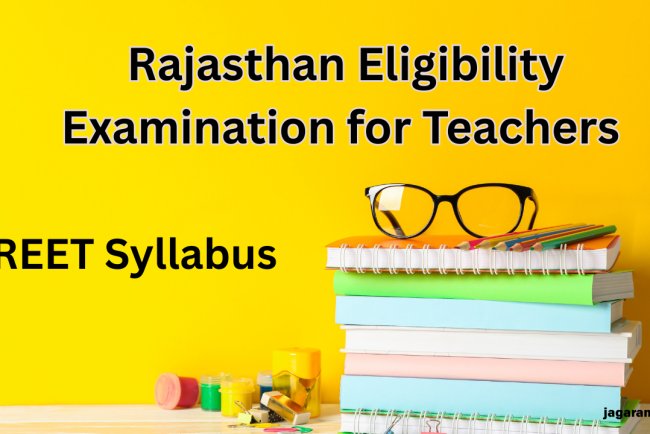UPPCS Syllabus 2025: Complete Guide for Prelims & Mains
Explore the latest UPPCS syllabus 2025 for Prelims and Mains exams. Find out the paper structure, subjects, and preparation strategy for UPPSC aspirants. Includes PDF syllabus download.

The Uttar Pradesh Public Service Commission (UPPSC) conducts the Combined State/Upper Subordinate Services Examination (UPPCS) to recruit candidates for various administrative positions in the state government. The examination process comprises three stages: Preliminary, Main, and Interview. Below is a detailed overview of the UPPCS syllabus for each stage:
1. Preliminary Examination
The Preliminary Examination consists of two objective-type papers:
- Paper I: General Studies I (200 marks)
- Current events of national and international importance.
- History of India and the Indian National Movement.
- Indian and World Geography - Physical, Social, Economic geography of India and the World.
- Indian Polity and Governance - Constitution, Political System, Panchayati Raj, Public Policy, Rights Issues, etc.
- Economic and Social Development - Sustainable Development, Poverty, Inclusion, Demographics, Social Sector Initiatives, etc.
- General Issues on Environmental Ecology, Biodiversity, and Climate Change.
- General Science.
- Paper II: General Studies II (CSAT) (200 marks) - Qualifying paper with 33% minimum qualifying marks
- Comprehension.
- Interpersonal skills including communication skills.
- Logical reasoning and analytical ability.
- Decision-making and problem-solving.
- General mental ability.
- Elementary Mathematics (up to Class X level) - Arithmetic, Algebra, Geometry, Statistics.
- General English (up to Class X level).
- General Hindi (up to Class X level).
*Note: Paper II is qualifying in nature; candidates must secure at least 33% to qualify.*
2. Main Examination
The Main Examination comprises eight descriptive papers:
- Paper 1: General Hindi (150 marks)
- Grammar and usage.
- Vocabulary.
- Comprehension and précis writing.
- Letter and essay writing.
- Paper 2: Essay (150 marks)
- Candidates are required to write essays on multiple topics divided into three sections.
- Sections may include topics related to literature, culture, social issues, politics, economy, science, environment, and technology.
- Paper 3: General Studies I (200 marks)
- History of Indian Culture: Salient aspects of Art Forms, Literature, and Architecture from ancient to modern times.
- Modern Indian History: Significant events, personalities, issues from the middle of the 18th century until the present.
- Freedom Struggle: Various stages and important contributors/contributions from different parts of the country.
- Post-independence consolidation and reorganization within the country (till 1965).
- History of the world: Events from the 18th century to the middle of the 20th century such as the Industrial Revolution, world wars, redraw of national boundaries, Socialism, Nazism, Fascism, etc.
- Salient features of Indian Society and culture.
- Role of Women in society and women's organizations.
- Population and associated issues, poverty and developmental issues, urbanization, their problems, and their remedies.
- Meaning of liberalization, privatization, and globalization and their effects on the economy, polity, and social structure.
- Social empowerment, communalism, regionalism & secularism.
- Distribution of major natural resources of the World with special reference to South and South-East Asia and factors responsible for the location of industries.
- Salient features of Physical Geography: Earthquakes, Tsunami, Volcanic activity, Cyclone, Ocean Currents, winds, and glaciers.
- Oceanic resources of India and their potential.
- Paper 4: General Studies II (200 marks)
- Indian Constitution: Historical underpinnings, evolution, features, amendments, significant provisions, and basic structure.
- Functions and responsibilities of the Union and the States: Issues and challenges pertaining to the federal structure, devolution of powers, and finances up to local levels and challenges therein.
- Separation of powers, dispute redressal mechanisms, and institutions.
- Comparison of the Indian constitutional scheme with that of other countries.
- Parliament and State Legislatures: Structure, functioning, conduct of business, powers & privileges, and issues arising out of these.
- Executive and Judiciary: Structure, organization, functioning, ministries, departments; pressure groups and formal/informal associations and their role in the polity.
- Representation of People's Act and related issues.
- Appointment to various Constitutional posts, powers, functions, and responsibilities of various Constitutional Bodies.
- Statutory, regulatory, and various quasi-judicial bodies.
- Government policies and interventions for development in various sectors and issues arising out of their design and implementation.
- Development processes and the development industry: Role of NGOs, SHGs, various groups and associations, donors, charities, institutional and other stakeholders.
- Welfare schemes for vulnerable sections of the population by the Centre and States and the performance of these schemes; mechanisms, laws, institutions, and Bodies constituted for the protection .
What's Your Reaction?




















